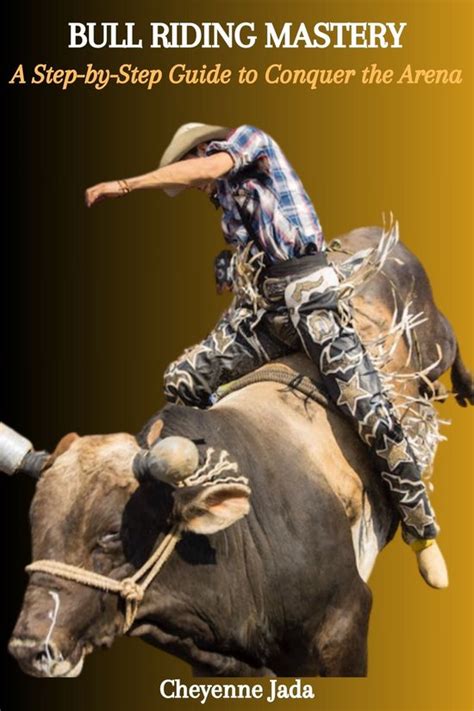Beyond the Age: Bull Riding Mastery
Bull riding, a spectacle of raw power and daring skill, often conjures images of young, fearless cowboys. However, the reality is far more nuanced. While youth and agility certainly offer advantages, true bull riding mastery transcends age, relying on a potent blend of experience, technique, and unwavering mental fortitude. This isn't just about riding a bull; it's about mastering a demanding, dangerous sport that demands respect and relentless dedication.
What are the physical demands of bull riding?
Bull riding is incredibly physically demanding. Riders need explosive strength, incredible core stability, and exceptional balance to stay on for the required eight seconds. The sheer force of a 1,500-pound bull bucking and twisting requires immense upper and lower body strength to withstand. This isn't just about brute force; it’s about controlled strength and precise movements to maintain a centered position and absorb the animal's power. Years of rigorous physical training, including weightlifting, cardio, and specific bull riding drills, are essential for maintaining the necessary physical condition. Even seemingly minor injuries can significantly impact a rider's performance, highlighting the importance of physical well-being.
How important is experience in bull riding?
Experience is paramount in bull riding. It's not enough to simply possess the physical strength; understanding a bull's movements, anticipating its bucks, and reacting instinctively are crucial for survival and success. Years spent riding progressively more challenging bulls hone these skills. Experienced riders develop a "feel" for the animal, understanding its tendencies and adjusting their riding style accordingly. This intuition, born from countless rides and close calls, often separates the successful from the injured. The accumulation of experience allows for a refinement of technique, making the rider more efficient and less prone to injury.
What is the mental aspect of professional bull riding?
The mental game in bull riding is as crucial as the physical. Facing down a powerful, unpredictable animal requires incredible courage and mental resilience. Fear is a natural response, but successful riders learn to manage it, transforming it into focused determination. Visualization, positive self-talk, and meticulous preparation are essential tools. The ability to stay calm and focused under intense pressure, to block out distractions and maintain concentration during the ride, is a significant factor in determining success. Mental toughness, honed through years of practice and competition, is an invaluable asset in this demanding sport.
Can older bull riders still compete at a high level?
Absolutely. While younger riders might possess greater natural agility, seasoned bull riders leverage their experience and refined techniques to compete effectively. Their deep understanding of the sport, combined with their years of honed skills and unwavering mental fortitude, allows them to compensate for any physical limitations. Many older riders demonstrate remarkable longevity in the sport, proving that age is just a number when it comes to true mastery. Their strategic approach, often focusing on selecting bulls that match their skills and experience, demonstrates their understanding of the competition and their determination to prevail.
What are some examples of successful older bull riders?
While the sport is often dominated by younger athletes, many older riders have achieved considerable success. These riders serve as inspiration, demonstrating that dedication and skill can overcome age-related physical limitations. While specific names may vary depending on the current competitive landscape, researching prominent bull riders will reveal numerous examples of successful older competitors whose careers illustrate the power of experience and mental resilience.
What role does training play in longevity in bull riding?
Consistent training plays a vital role in prolonging a bull rider's career. This isn't just about maintaining physical fitness; it involves targeted training that strengthens specific muscle groups used in riding, improves flexibility and balance, and enhances reaction time. Furthermore, training includes mental preparation techniques like visualization and stress management to maintain peak performance under pressure. By prioritizing both physical and mental well-being, older riders can extend their careers and compete effectively against younger athletes. Adapting training programs to address age-related changes is also critical to maintaining optimal performance and preventing injuries.
Beyond the raw power and adrenaline rush, bull riding mastery is a testament to the human spirit's capacity for resilience and perseverance. It's a sport that transcends age, rewarding dedication, experience, and unwavering mental fortitude. The journey to becoming a master isn't defined by youth, but by the relentless pursuit of excellence.

